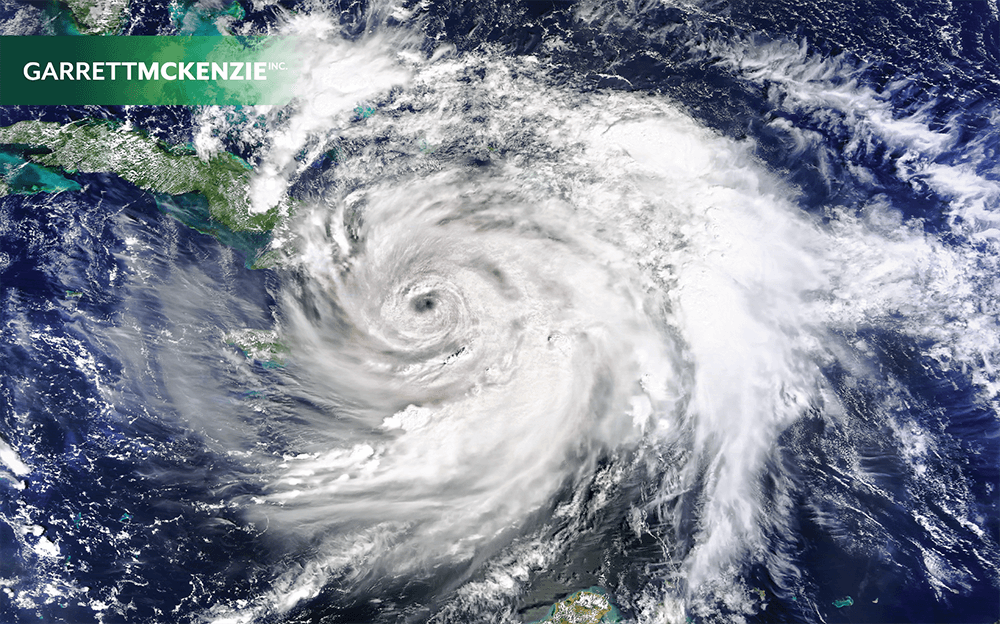Initial long-range forecasts predict an intense 2020 hurricane season according to the Colorado State University’s Tropical Meteorology Project. With that in mind, hurricane damage like widespread flooding and major power outages pose a threat to thousands of businesses across the country. Response time is vital to the success of repairing hurricane damage and getting businesses operational as soon as possible.
The Danger of Power Outage
Hurricanes and tropical storms cause widespread power outages that can last days, sometimes weeks. After Hurricane Sandy, it took utility crews up to 5 weeks to restore power to some portions of New Jersey.
Equipment Needed to Distribute Power
Businesses experiencing outages must rely on generators to independently source power on-site to keep essential operations running. While generators will restore power, there will most likely be flooding and water damage that needs to be addressed – requiring additional power distribution. Desiccant dehumidifiers, air movers, air scrubbers/negative air machines, and temporary heating and cooling units are just a few pieces of equipment that could be needed. This isn’t a job for your average generator. To support the functions needed to restore damage, a generator (or two) up to 2000kw may be required.
Other Damages Caused by Hurricanes
The excessive flooding that comes after a hurricane requires a timely response to remove, pump, and extract the water. High humidity and moisture levels from storm waters, flooding, and lack of power supply create environmental concerns if not addressed and managed properly. Dehumidification and air movement work to eliminate excess moisture and dry outbuilding structures. The removal of water and moisture is necessary for mitigation success.
Hiring a Professional
With natural disasters, especially hurricanes, response time matters. Emergency mitigation specialists stay in-tune with seasonal warnings and triggers. Prior to the hurricane making landfall, emergency teams are immediately deployed and equipment is mobilized to staging areas in surrounding hurricane damage zones for quick access to damaged facilities. On-site, emergency mitigation professionals assess, evaluate, develop recovery plans, and identify critical priority areas. Their expertise allows for a comprehensive plan of recovery, includes:
- A quick emergency response
- Mobilization, equipment staging logistics, and manpower delivery
- Comprehensive project management
- Equipment setup, monitoring, and on-site maintenance to keep equipment optimal
- Power distribution
- Project management and oversight
Understanding mitigation methods, how to effectively provide drying solutions, and distribute power supply are critical in the success of hurricane damage mitigation and recovery efforts. When response time and expertise matter, calling a professional can be your best option.
Curious how Garret McKenzie handles other natural disaster damage? Read our blog Tornado Preparedness: Cleanup, Remediation and Recovery Plans.



Recent Comments